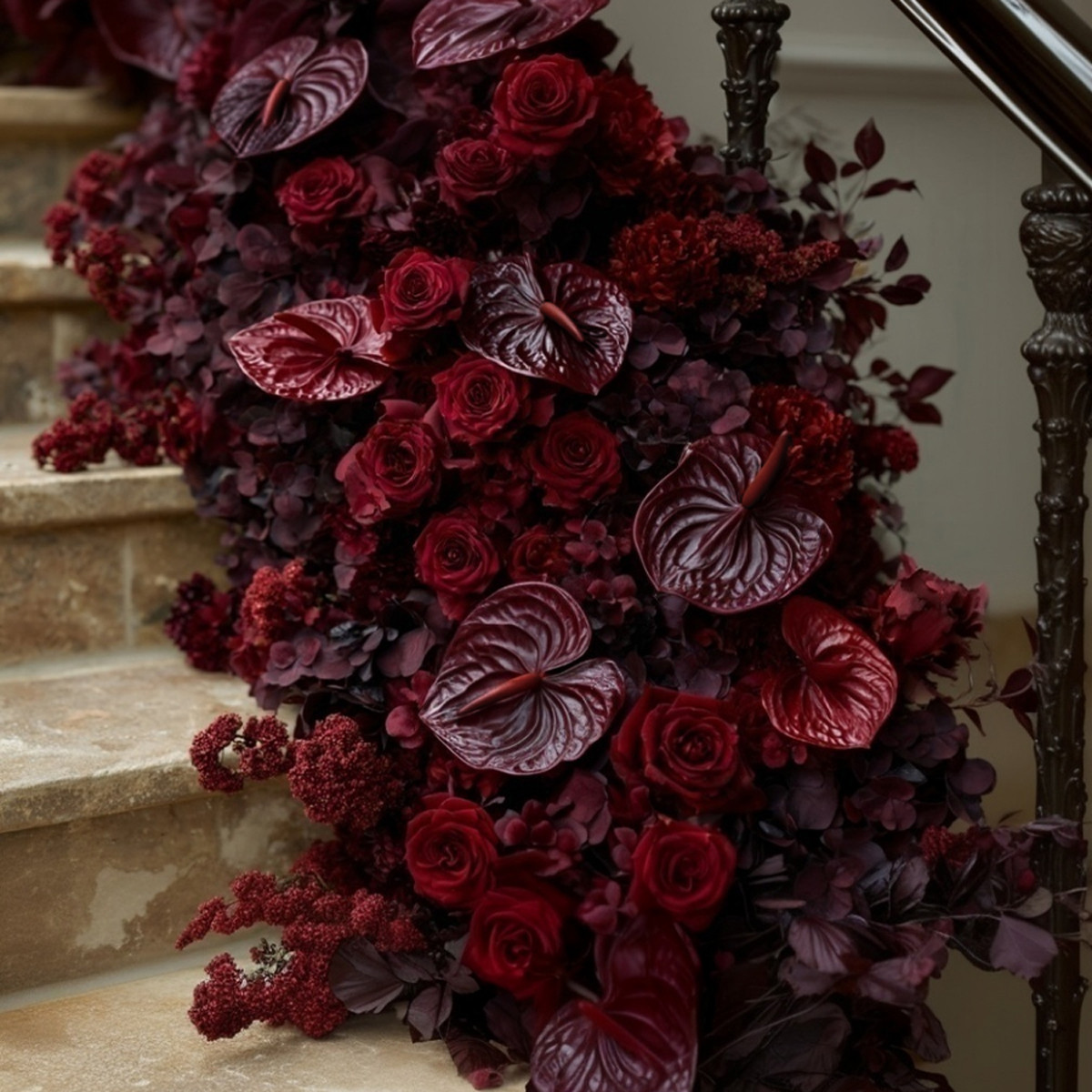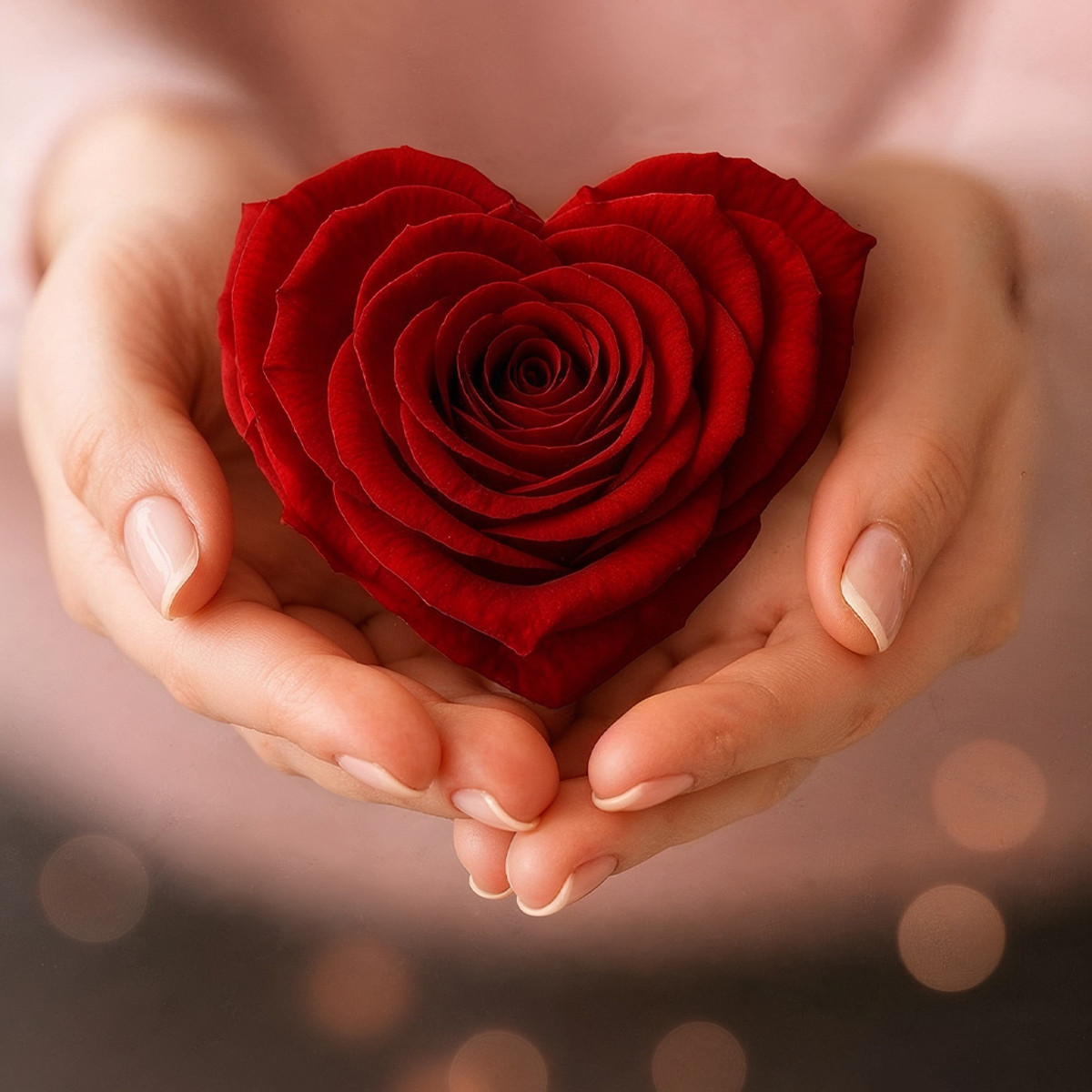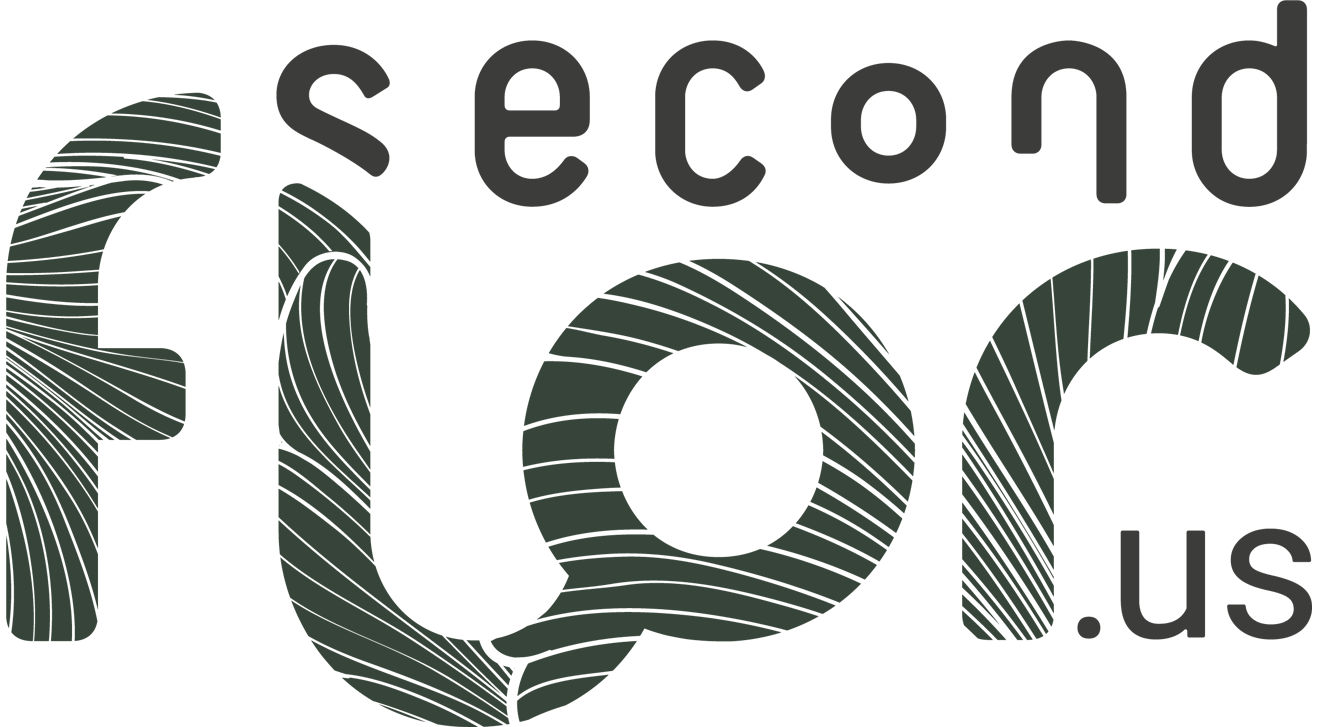
WHAT IS IT?
How does the capillarity preservation technique work?
There are many techniques to preserve plants. However, we can consider that the technique of capillarity is the most noble. It is also the most risky. Its nobility lies in the fact that we work on a fresh material which is still alive. Like a transplant, the plant must accept its transformation for the process to success. This technique mainly concerns greeneries and trees. Another technique should be used regarding flowers preservation.
What is the capillarity preservation technique?
Whether it is for a greenery or a complete tree, it is necessary to cut the plant at the level of the stem. Otherwise, the roots act as a filter and prevent the preservation liquid from circulating in the plant. In a room with controlled temperature and humidity (around 75,2 °F and 50% humidity), the plants are soaked by the foot in around 2” of preservation solution. By means of capillarity, the substitution fluid spreads in the plant through the stems and the leaves. After a few days, the plant is saturated. We take it out of the gutters to dry for 24 hours since it has been sweating a lot. The plant is preserved, and therefore ready to be sold.
It is a unique process for each flower variety
How does the capillarity preservation technique work?
In the preservation solution, there is glycerine of vegetal origin. This substance, close to sugar, has the particularity of fixing the molecules of water. This is why it is frequently used in the cosmetic industry (moisturizing creams) and in the agri-food (thickeners). The glycerin is diluted in a large volume of water, and the interior of the plant will be filled with both the liquids. Powdered food coloring are also added at this moment. Starting from the primary set of colors, we can recreate almost any shade.
What is important during the capillarity preservation technique?
It is necessary to nourish the plant during the process of absorption. That is why the right nutrients are added for each variety in the right proportions. As each variety is unique, each requires a different food. Similarly, the differences in fiber density, period of activity and nature of each species require specific treatment. The temperature of the preserving liquid, the period of preservation, the duration of the absorption process, the maximum time between cutting and setting in the preservation room, the tool for cutting the plant are all factors specific to each species.
How we give the plants different colors?
Why add dye? The color green of the plant comes mainly from chlorophyll. Once preserved, the plant is no longer alive. Photosynthesis no longer works. It is then necessary to add the colorant to maintain the original color. As the dermis of the trunk and branches is thick, the dye does not ascend to the surface. These parts therefore retain the “wood” colors of the living plant. On the other hand, the leaves display the color we choose to give them. This is why preserved greenery is true to the fresh plant.
Changing the original color will inevitably result in new variety. This may seem surprising. Yet, the flower industry practices this technique on roses or other species by making them absorb dyes, whether they are fresh, or preserved.
What are the new discoveries about the capillarity preservation technique?
Recently, we found that exposing greenery to natural light after the preservation phase allows for the complete dissection of chlorophyll and thereby sublimates the colors of the treated plant. There are even additives to stop the liquid before entering the flowers. This helps preserve the natural color of the flower while preserving the stem. For instance, the statice has a dried flower and this technique is perfectly appropriate. Note that for the rose on stem, only the stem is preserved by capillarity. The flower is preserved by another method. The two elements are then assembled manually.
What are the risks behind this preservation technique, or with preserved plants?
The result of this technique is never guaranteed. Climatic deregulation, changes in the production of fresh plants, other variety… all these parameters can generate malfunctions. The plant may refuse to “drink” the liquid or reject it posteriorly, sometimes even several weeks later.
Preserved plants therefore have limits. As they can not regenerate, any damage is definitive. It becomes a mere material with its fragility. In addition, these plants do not support humidity. They are for indoor use only. Indeed, in an environment too wet, the glycerine that is attracted by water, goes to the highest bidder. If the moisture content is very high outside the plant, it will tend to come out and take with it the food coloring: the plant is said to “stain”.
What are the advantages of this preservation technique?
It can be said without any complexity that preserved plants are by far the best solution for the use of an indoor plant: better than artificial plants but also, in many cases, living plants…
Once preserved, these plants have many advantages. Obviously, they no longer require any maintenance, water, or light since they are no longer alive. They can also be decomposed then restructured: each part of the plant is then used as a separate material. This allows you to express your creativity by using each element of the plant independently.
What are the varieties concerned by this technique?
Eucalyptus (all varieties), cypresses, most forest greenery, hydrangea, statice, some varieties of boxwood, bamboo and olive tree, amaranth, poplar, and many others.
Note that this technique is constantly evolving, and we find every year solutions for new varieties. This technique also works on whole trees: it just takes a bit longer. Interesting, isn’t it?









Follow Us